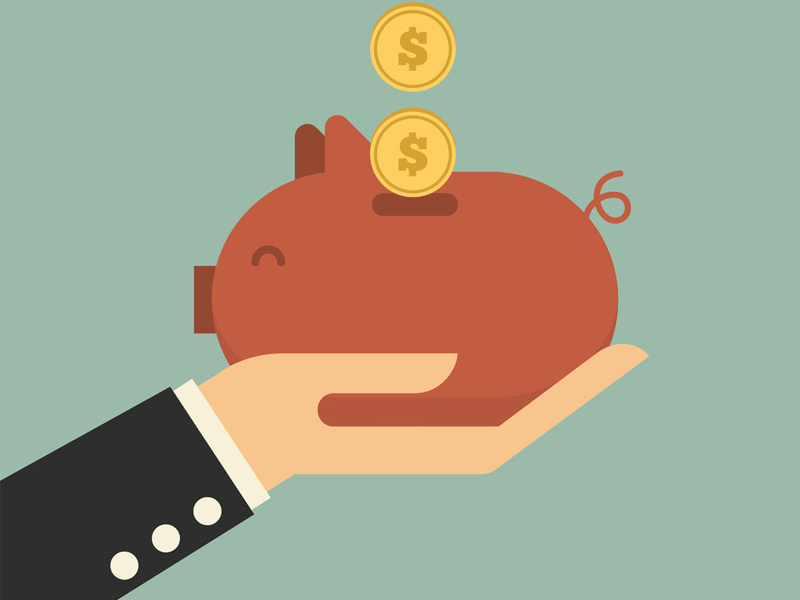
With the RRSP deadline just a few weeks away, you’ve likely faced some difficult questions from your clients about whether RRSPs are still the way to go. Perhaps the biggest objection is that taxes will be owing on the withdrawal; and if clients are in the same tax bracket now as in retirement, then they may be thinking if they’re really any better off? After all, in a non-registered account, capital gains would only be half taxable and Canadian dividend payments attract the benefit of the dividend tax credit. Still, the answer, for most clients, is that the RRSP remain the best solution for retirement savings.
Although it’s true that retirees pay taxes on RRSP withdrawals, don’t forget that they also received a tax deduction upon contribution. If their tax rate is the same in the year of contribution that it is in the year of withdrawal, an RRSP effectively provides a completely tax-free rate of return on the net contribution. And if the clients’ tax rate is lower in the year of withdrawal, they’ll get an even better after-tax rate of return on their RRSP investment. In fact, even if their tax rate is higher in the year of withdrawal, they’re still likely better off with an RRSP than non-registered investments because of the long-term compounding that’s effectively tax-free.
Let’s take a simple example of a client, Avery, who earns $80,000 annually and contributes $3,000 of his employment income toward an RRSP. His marginal tax rate is 33.33% today, and he’s expected to be the same tax bracket when the RRSP funds are withdrawn. If his investment grows at 5% annually, it would be worth $3,150 by the end of the first year. If Avery were to then cash in his RRSP, he would net $2,100 ($3,150 minus taxes of 33.33%).
Now, suppose, instead that Avery preferred not to go the RRSP route and invested his employment earnings in a non-registered account, with the same investment rate of return. This time, he would have to pay taxes of $1,000 ($3,000 x 33.33%) on his employment income before investing the net amount of $2,000 in a non-registered account. Annual growth of 5% would increase the value of his investment by $100 ($2,000 x 5%). If this was cashed in at the end of the year, Avery would pay taxes of $17 ($100 capital gain x 33.33% x 50% taxable capital gain), netting him $2,083.
Still, many Canadians believe that it is better to invest in a TFSA than in a RRSP, citing that TFSAs are better tax-saving vehicles because they’re completely tax-free. In Avery’s example, if he had invested his after-tax income of $2,000 in a TFSA, the value of the TFSA would be $2,100 after one year with a return of 5% — and this could be withdrawn from the TFSA without paying any taxes. Just like the RRSP example above, the end result is $100 of net income or growth. This is equivalent to an annual 5% tax-free return on the net RRSP/TFSA contribution of $2,000.
The basic rule of thumb is that an RRSP is generally a better choice than a TFSA if the client expects to have a lower tax rate in retirement. This is likely the case if the individual is a baby boomer in his or her peak earning years and expects lower income when he or she is no longer working.
It’s true that a TFSA may be a better choice than an RRSP in some cases, such as if the contributor expects a higher tax rate upon withdrawal, or will face a clawback (repayment) of government benefits. Even so, clients may not be able to save enough in a TFSA alone and may also need to supplement their retirement savings with an RRSP.
